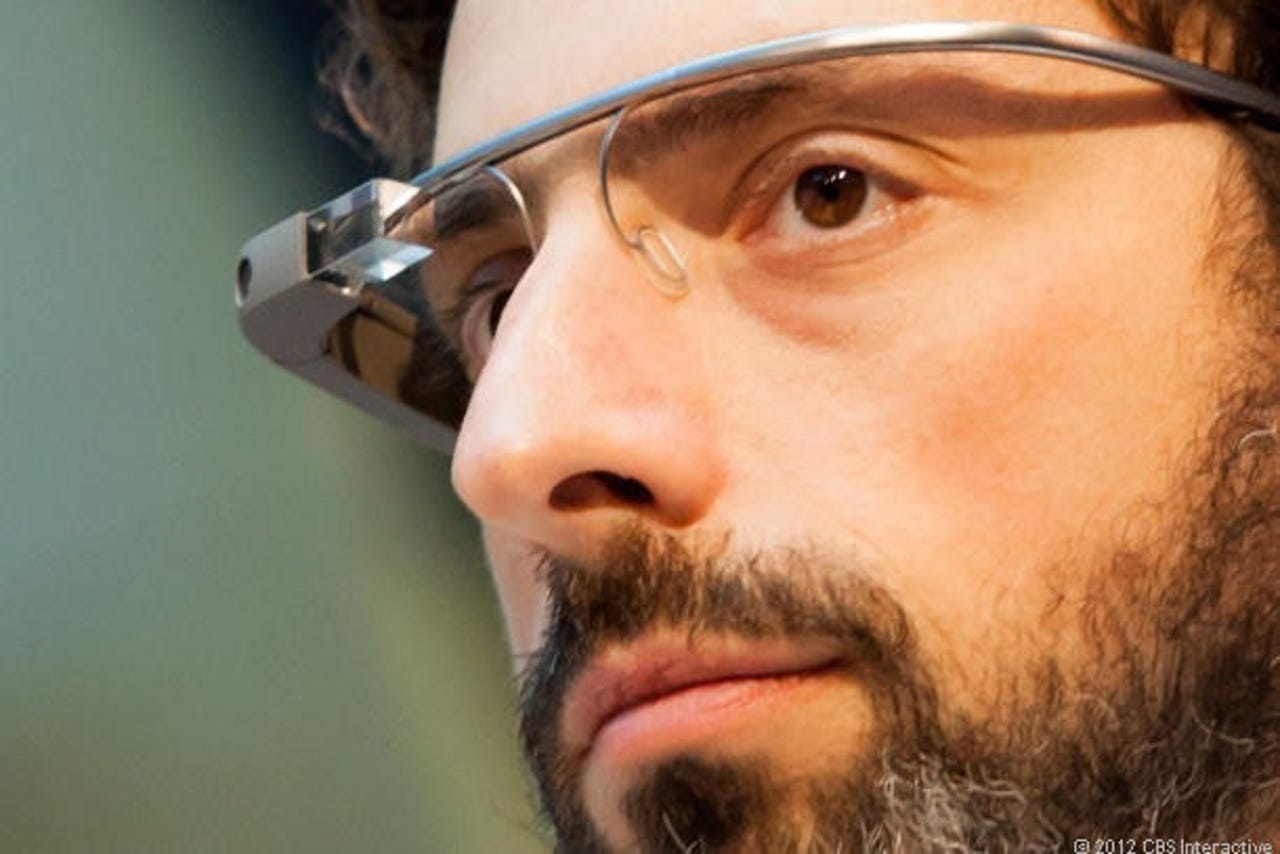How not to be a Glasshole? Google explains


Google Glass, as an example of emerging wearable technology that raises many questions concerning privacy and security, has a steep hill to climb to be deemed acceptable in wider society.
When smartphones first came to the foreground, those equipped with cameras raised eyebrows and sometimes attracted concern from individuals around the holder. Now you see mobile device cameras everywhere -- from tourists holding up their iPads outside of Buckingham Palace (but what is wrong with a compact, I ask you) to Instagram users snapping their meals with their smartphones because, of course, that cupcake looks so good it must be shared.
In the end, image, video and content sharing is now part-and-parcel of the West's daily life. However, the use of a smartphone or tablet to take images is obvious, deliberate, and hard to miss by those around them. In comparison, recording video or taking photos with Google Glass can be inconspicuous -- which can make us suspicious or defensive if we believe we're on camera without having given consent.
This is merely one problem associated with the integration of the headset within society. There are cases of Google Glass Explorers already getting on the wrong side of businesses -- such as the user asked to leave a Seattle restaurant for refusing to take it off, and a woman in California ticketed for wearing the headset while driving.
Some states are considering banning the device in scenarios such as driving -- including Delaware, Illinois, Missouri, New Jersey, New York and West Virginia -- before the product even hits the shelves commercially.
In order to try and smooth the path for the headset to become more widely accepted and understood -- rather than perceived as a threat to privacy -- Google has provided a list of Do's and Don'ts for those enjoying the use of a Glass headset.
In the list of Do's, the tech giant rambles on about the positive sides of the headset -- hands-free voice commands, Google hangouts, directions and maps, and updates for travel and social media accounts.
However, Google also reiterates the need for asking for permission:
"Ask for permission. Standing alone in the corner of a room staring at people while recording them through Glass is not going to win you any friends. The Glass camera function is no different from a cell phone so behave as you would with your phone and ask permission before taking photos or videos of others."
In addition, Google suggests that you keep your device secure by using a passcode-protected screen lock. You have a lot of personal information on the device, and if it happens to be lost or stolen, you don't want prying eyes to thieve your data. If you are so unfortunate, you can perform a remote wipe of the device through your browser or the MyGlass app on your phone.
The tech giant brings up an important point: If you wear Glass, don't expect to be ignored. You will get questions, and by being snappy, you're not representing yourself very well. However, if other people breach etiquette by asking questions at the wrong time, there's nothing wrong with sticking the device in your bag for a time.
As a last tip -- and certainly the most important one -- Google asks that Explorers do not transform in to Glassholes by being creepy or rude.
"Respect others and if they have questions about Glass don’t get snappy. Be polite and explain what Glass does and remember, a quick demo can go a long way. In places where cell phone cameras aren’t allowed, the same rules will apply to Glass. If you’re asked to turn your phone off, turn Glass off as well. Breaking the rules or being rude will not get businesses excited about Glass and will ruin it for other Explorers."